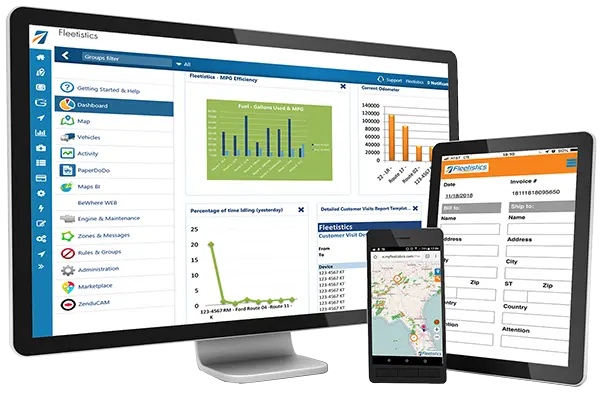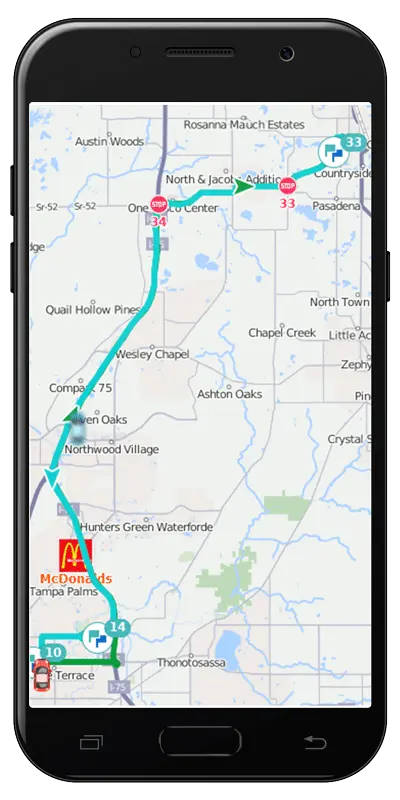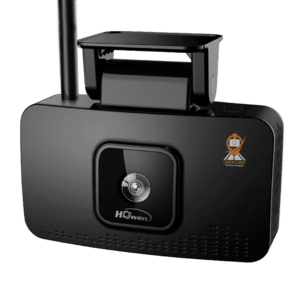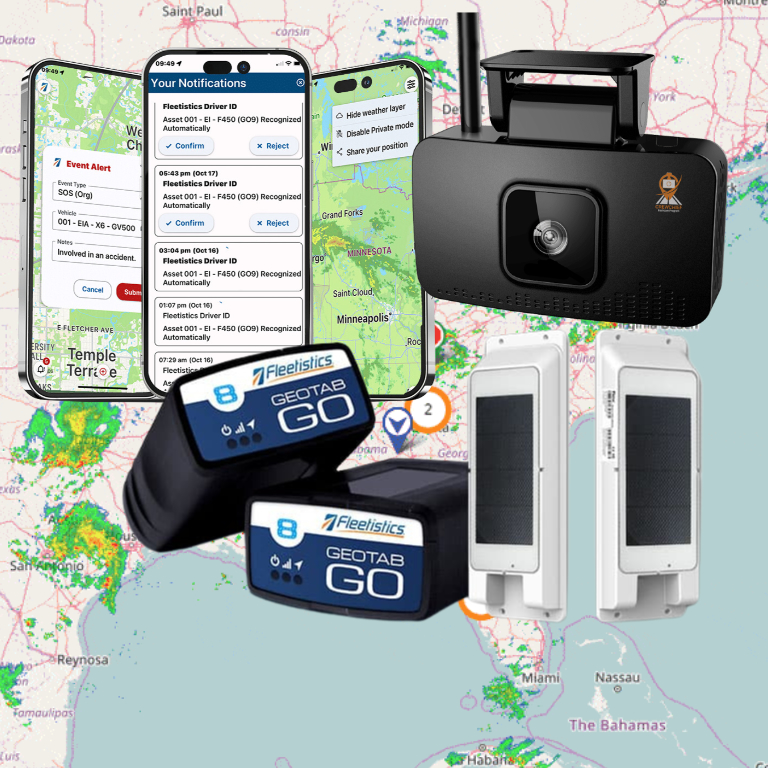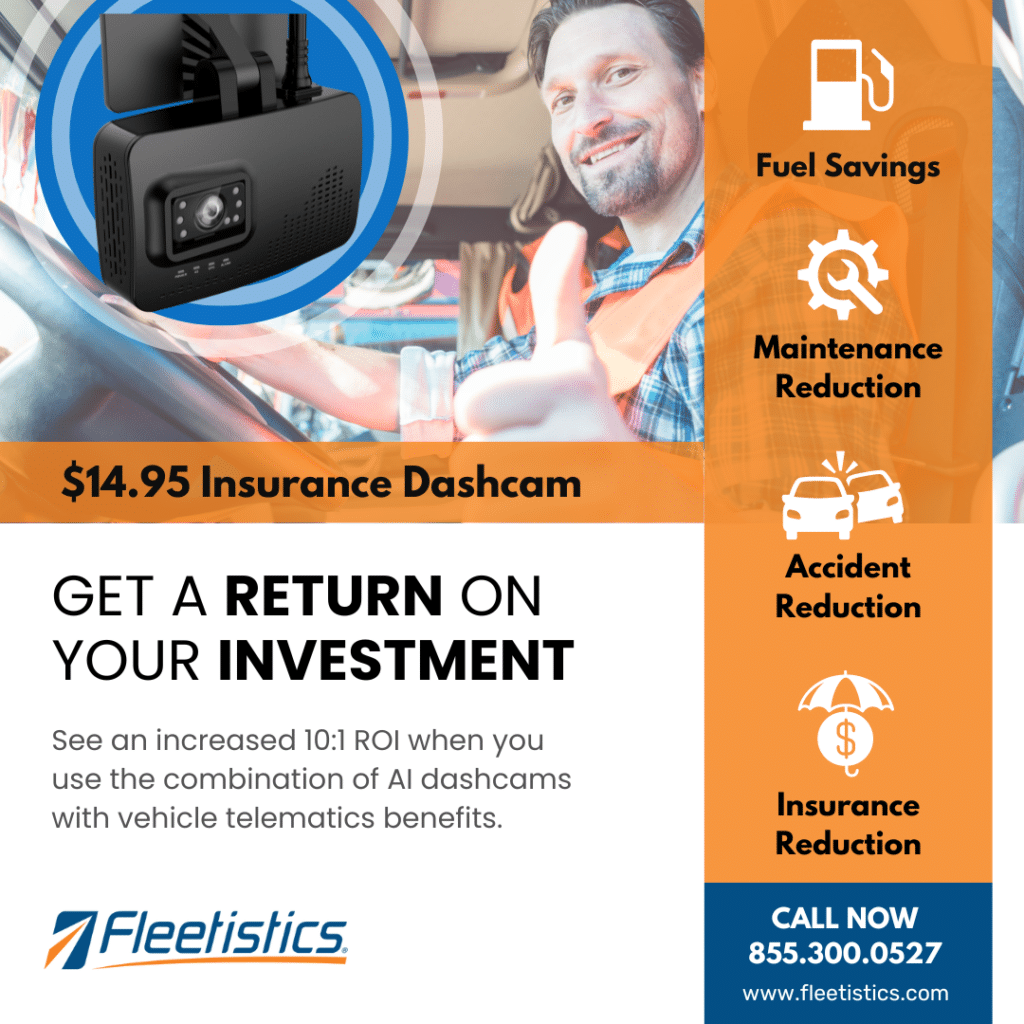GPS Data can be mined just like precious gemstones…
In my time at Fleetistics I have noticed the clients we speak with generally fall into one of 3 persuasions.
- Those who remain unconvinced of the value of GPS data, undecided, and plan to deploy the technology someday.
- Clients who understand the value, deploy and then underuse their GPS data.
- Intentional users who deploy, immerse themselves in the value of the information at their fingertips and become POWER users.
If you are still just thinking about telematics for your fleet, every day you delay is costing you cold hard cash. For those who have already deployed, are you using your system to its fullest potential?
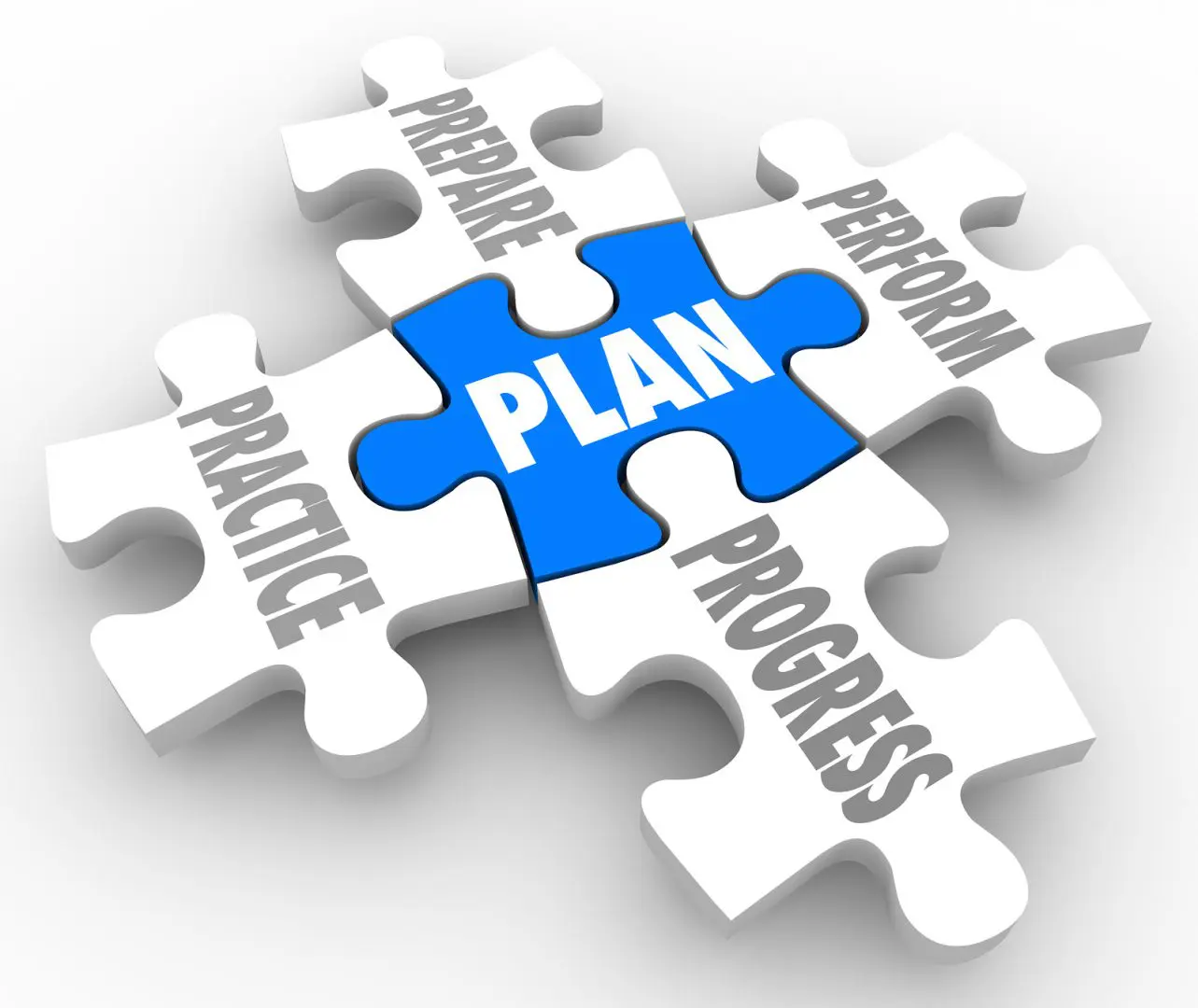
And to our POWER users, I say CONGRATULATIONS!
You are leveraging GPS data to save your organization money, providing every department with valuable operational data to do their jobs better, encouraging safe driving, and quite possibly saving lives.
So what do the POWER users do differently with their GPS data?
First of all, they never forget that they have valuable GPS, telematics and diagnostic data to leverage. Frankly, I learn new methods to dig for data from the POWER users all the time. It usually starts with a question. “How can I find out (you fill in the blank)?”
Then you look at what GPS data is available to answer the question. Then we create new rules or zones if needed, and set alerts if appropriate. In most cases, we can customize a report to sift to the data that answers the question. If we cannot solve a problem with the GPS platform, we look to develop something custom or find a partner whose technology solves the problem.
Finally, we schedule the distribution of the report to the departments that it provides value to. The departments can take appropriate action based on the data they receive. With this flow of information, departments can evaluate ongoing improvement effortlessly.
5 Proven Ways to Lower Fleet Costs using GPS data that you may have never considered.
1. Wage War on Distracted Driving
A Virginia Tech Transportation Institute study concluded that drivers that text while driving are 23 times more likely to have a collision or a near miss. Other VTTI studies have shown that taking your eyes off the road just prior to the occurrence of an unexpected event is responsible for up to 90% of collision and near-miss events.
A simple camera system can monitor for distractions like phone use, texting, and smoking. There are also clues in the GPS data. Frequent hard braking and hard turning events, especially when they occur in pairs, are a strong indicator that drivers are not paying attention.
Once you identify drivers that are at risk you can institute a driver training program, incorporate cell phone supression technology in vehicle, or start a program that recognizes and rewards drivers for improvement and safe driving scores.
2. Slow down your speeders
Speeding is dangerous and wastes fuel. As a result, if you can slow drivers down a little you lower risk and save money.
Wage war on speeding in the same manner as distracted driving above, but also look at why your drivers feel the need to speed. Review routes for efficiency, number of stops and factor the time each stop may take. It may be time to look at route optimization software to streamline routes and understand where you can and can’t fit another stop in.
Last question… Are your expectations of what a driver can complete in a workday reasonable? Really think about that considering speed limits, traffic patterns, and areas that get congested at certain times of day. If not, consider this.

What comes out of pocket depends on your insurance, but I expect it would cost your company less to hire another driver and spread out the workload.
3. Weather factoring
For a ridiculously low investment, MyFleetview weather overlays can be added to your GPS system. When the weather is an issue in your area, you can see what vehicles may be affected and easily reschedule jobs or reshuffle deliveries to keep drivers away from unsafe conditions.
This is especially critical when doing outdoor work like roofing or landscaping. You are already conscious of the weather. Being able to see where a storm is headed in relation to your jobs and vehicles on the map makes those last-minute decisions faster and easier to make.
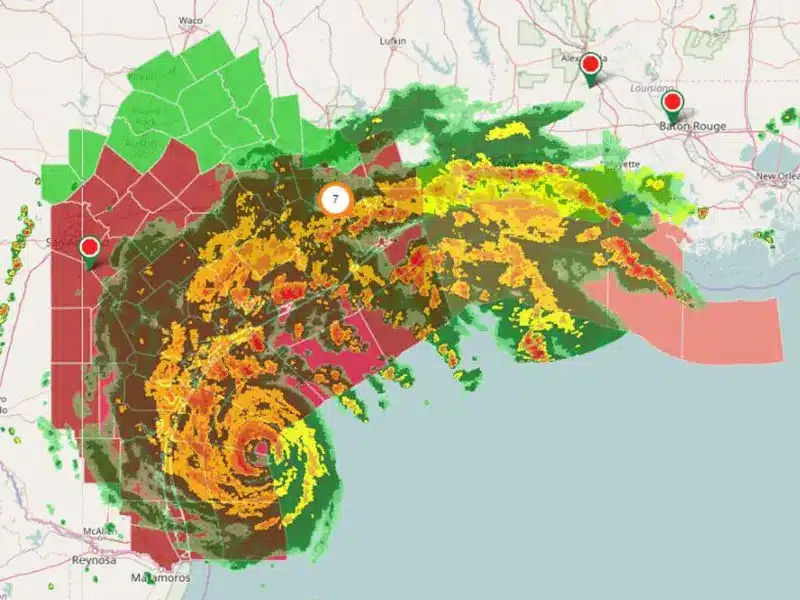
4. Develop and retain safe drivers
Sometimes we overlook the GPS data that shows us there is not a problem. We all know that onboarding a new employee and getting them up to speed is costly and time consuming. Keeping the experienced drivers you have is just good business, and it seems like really good employees are getting harder to find.
You can use the GPS data and score card reports to stay up to date on who your safest drivers are. Make that a point to cover in performance reviews and again, recognize and reward employees that are saving you money by reducing company risk exposure. Employees that feel appreciated stay longer.
5. Hire a GPS Administrator… no, really!
I know what you are thinking… add another salaried employee to save money??? Well, yes! First of all, your Managers have time to log in and see where their people are, but not the time to dig in and analyze all of the GPS data being collected.
If you hire someone whose primary job is to find ways to save money and streamline operations the payoff can be huge. They will have time to optimize the GPS system and use the GPS data to find ways to save you money, and their bonus incentive can be tied to those proven savings. Now you might just get everything you want out of your GPS data and more.
For a fleet of 20 vehicles, saving just $5 per vehicle per day, which can be achieved by controlling idle time alone, gives you $26,000 toward an Administrator’s salary package.









